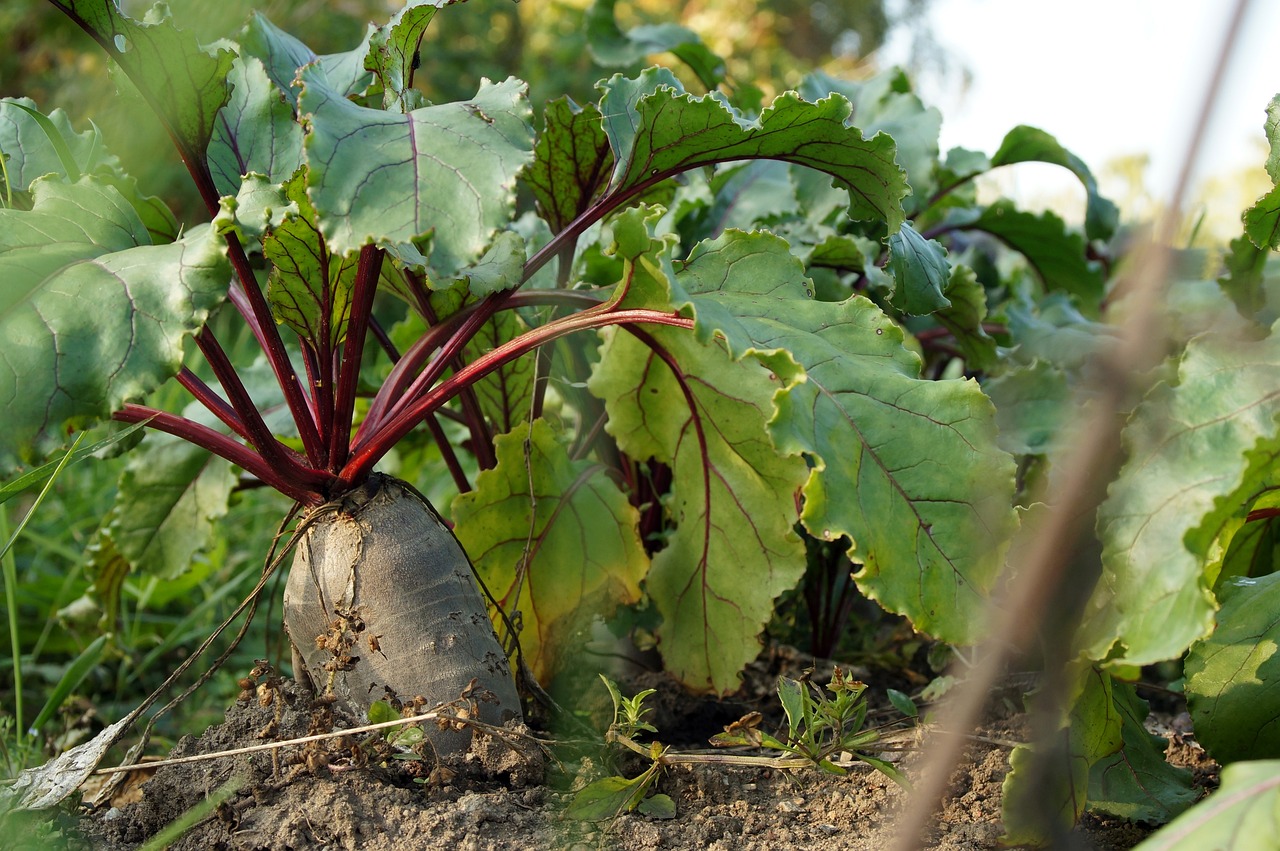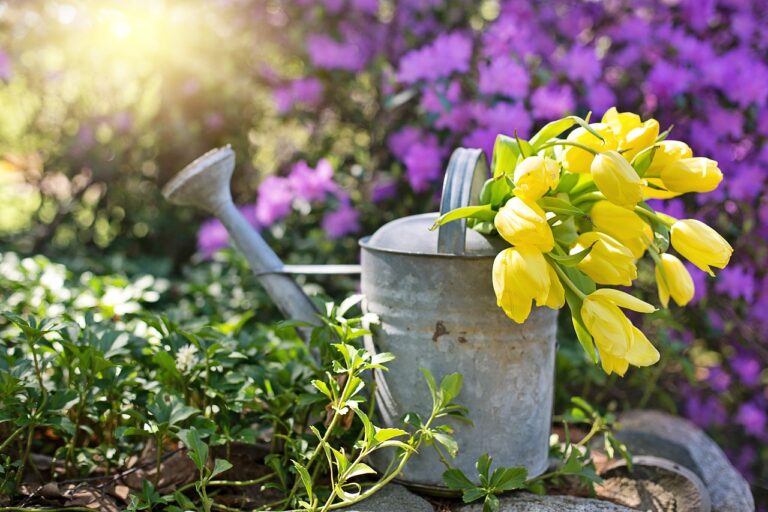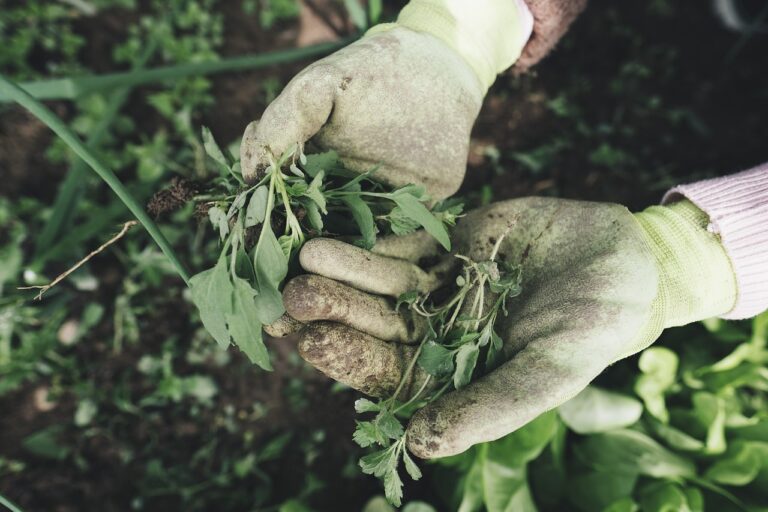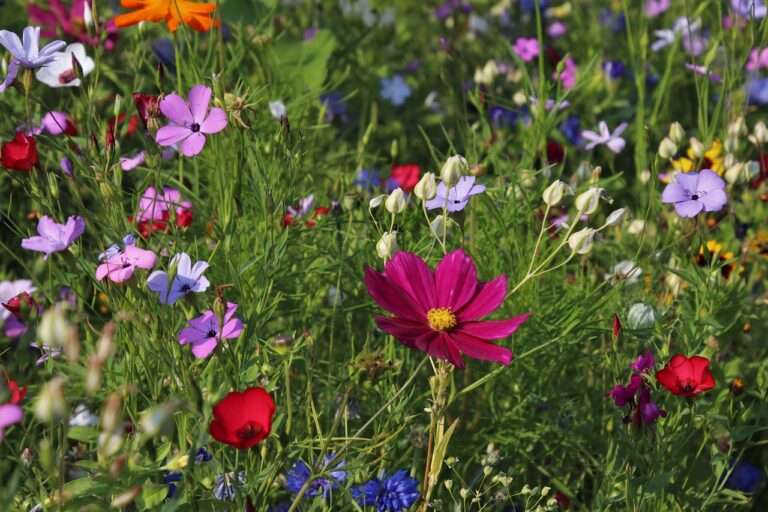Tips for Maintaining a Healthy Garden: Ensuring Longevity and Vibrancy

Maintaining a healthy garden requires diligent care and attention to various elements that contribute to plant health and overall garden vitality. With the right strategies and practices, you can ensure that your garden thrives throughout the seasons. Here are essential tips for maintaining a healthy garden:
Regular Watering and Proper Irrigation
Proper watering is crucial for the health of your garden. Different plants have varying water needs, so it’s important to understand the specific requirements of the plants in your garden.
- Watering Schedule: Establish a consistent watering schedule based on your plants’ needs, soil type, and local climate conditions. Most gardens benefit from deep watering once or twice a week rather than light, frequent watering.
- Irrigation Methods: Employ efficient irrigation methods such as drip irrigation or soaker hoses to deliver water directly to the soil and roots, minimizing water waste and preventing wet foliage that can lead to diseases.
- Early Morning Watering: Water your garden early in the morning to reduce evaporation and allow foliage to dry off during the day, which helps prevent fungal diseases.
Fertilize Appropriately
Proper fertilization ensures that your plants receive the essential nutrients they need for healthy growth and productivity. Over-fertilizing or under-fertilizing can harm plants, so it’s important to find the right balance.
- Soil Testing: Conduct a soil test to determine the nutrient levels and pH of your garden soil. This information will guide you in selecting the appropriate fertilizers.
- Organic Fertilizers: Use organic fertilizers, such as compost, manure, fish emulsion, or seaweed extract, which provide slow-release nutrients and improve soil health.
- Fertilization Schedule: Follow a fertilization schedule that meets the needs of your plants. For most gardens, applying fertilizer in the early growing season and again mid-season is sufficient.
Practice Mulching
Mulching is a beneficial practice that involves covering the soil around plants with a layer of organic or inorganic material.
- Organic Mulch: Use organic materials such as straw, wood chips, shredded leaves, or grass clippings to cover the soil. Organic mulch decomposes over time, enriching the soil with nutrients.
- Benefits of Mulch: Mulch helps retain soil moisture, suppress weeds, regulate soil temperature, and reduce erosion. It also improves the overall appearance of your garden.
- Application: Apply a 2-3 inch layer of mulch around your plants, being careful not to pile it directly against plant stems, which can cause rot.
Prune and Remove Dead Foliage
Pruning and removing dead or diseased foliage are crucial for maintaining plant health and encouraging new growth.
- Proper Pruning: Prune plants regularly to remove dead, damaged, or diseased branches. Use clean, sharp tools to make clean cuts, which promote faster healing.
- Timing: Prune at the right time for each plant species. For example, prune spring-flowering shrubs after they bloom, while summer-flowering plants can be pruned in late winter or early spring.
- Deadheading: Remove spent flowers (deadheading) to encourage continuous blooming and prevent the plant from wasting energy on seed production.
Monitor for Pests and Diseases
Regularly inspecting your garden for pests and diseases allows you to address problems early before they become severe.
- Regular Inspections: Conduct routine checks of your garden, looking for signs of pests, diseases, or nutrient deficiencies. Pay attention to leaf discoloration, spots, holes, or unusual growth patterns.
- Integrated Pest Management (IPM): Implement IPM strategies to manage pests and diseases sustainably. This includes using natural predators, such as ladybugs and nematodes, encouraging beneficial insects, and employing physical barriers like row covers.
- Organic Solutions: Use organic pest control methods, such as neem oil, insecticidal soap, or homemade remedies, to address pest issues. Avoid broad-spectrum chemical pesticides that can harm beneficial insects and disrupt the ecosystem.
Rotate Crops and Practice Companion Planting
Crop rotation and companion planting are effective techniques to maintain soil health and reduce pest and disease problems.
- Crop Rotation: Rotate crops each season to prevent soil depletion and reduce the buildup of pests and diseases specific to certain plant families. For example, avoid planting tomatoes in the same spot each year.
- Companion Planting: Pair compatible plants together that benefit each other. For example, planting marigolds with vegetables can repel pests, while beans can fix nitrogen in the soil, benefiting nearby plants.
Provide Adequate Air Circulation
Good air circulation is vital for preventing fungal diseases and promoting healthy plant growth.
- Spacing: Space plants appropriately to allow for adequate airflow between them. Overcrowding can lead to poor air circulation and increased risk of disease.
- Thinning: Thin out dense plantings to improve air circulation and reduce competition for resources. Remove excess foliage that blocks airflow, especially at the base of plants.
Utilize Proper Garden Tools
Using the right garden tools can make maintaining your garden easier and more effective.
- Sharp and Clean Tools: Keep your garden tools clean and sharp to make precise cuts and prevent the spread of diseases. Disinfect tools regularly, especially when pruning diseased plants.
- Ergonomic Tools: Use ergonomic tools that reduce strain on your body and make gardening tasks more comfortable. Invest in quality tools that will last and provide efficient performance.
Provide Support Structures
Support structures help maintain plant health, particularly for climbing or vining plants.
- Trellises and Stakes: Use trellises, stakes, or cages to support plants that need help standing upright, such as tomatoes, beans, and cucumbers. These structures prevent plants from sprawling on the ground, reducing the risk of disease and promoting better air circulation.
- Netting: Use netting to support tall plants, such as peas, and to protect fruits from birds and other animals.
Keep Learning and Observing
Gardening is a continuous learning process that requires observation and adaptation.
- Stay Informed: Stay informed about best practices, new gardening techniques, and plant care tips through books, online resources, gardening clubs, and community workshops.
- Observation: Regularly observe your garden and take notes on what works and what doesn’t. Over time, you’ll develop a deeper understanding of your garden’s unique needs and how to best care for it.
In conclusion, maintaining a healthy garden involves regular watering and proper irrigation, appropriate fertilization, mulching, pruning and removing dead foliage, monitoring for pests and diseases, practicing crop rotation and companion planting, ensuring adequate air circulation, using proper garden tools, providing support structures, and continuously learning and observing. By following these tips, you can create and sustain a vibrant and flourishing garden. Happy gardening!






